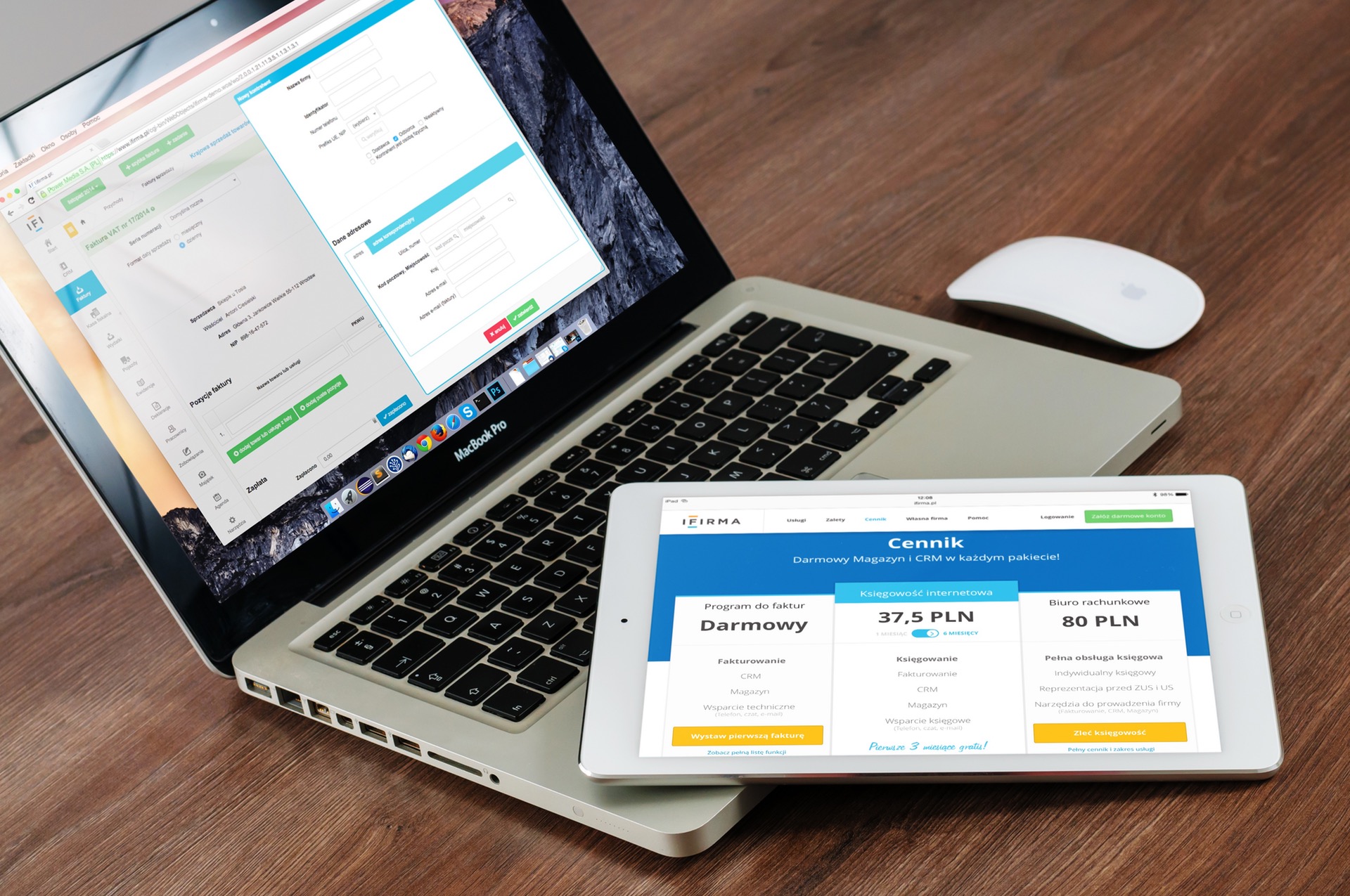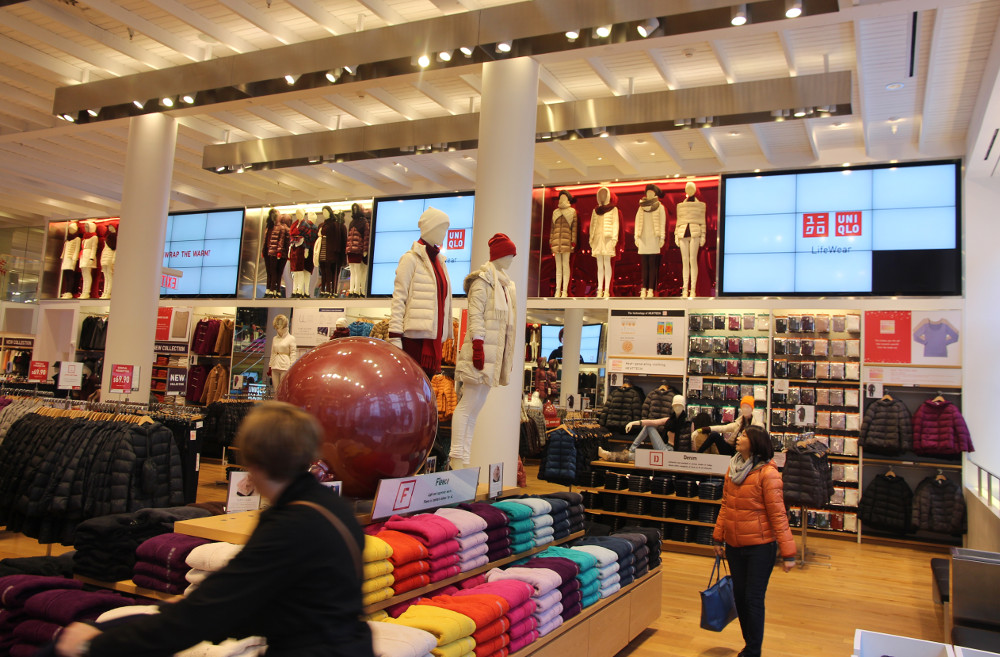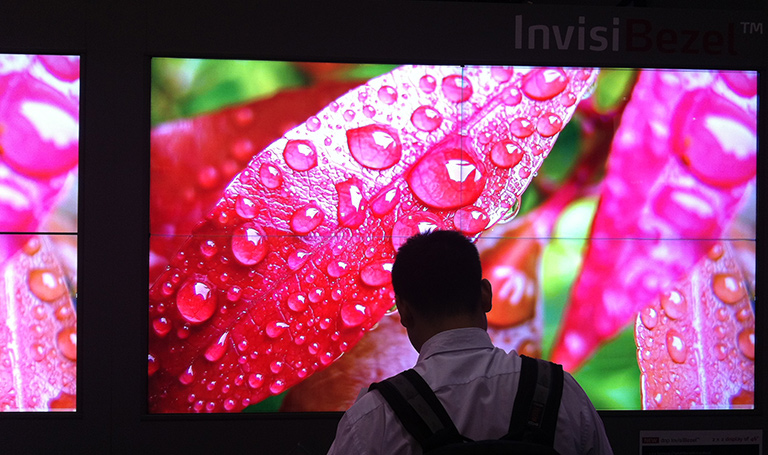To WordPress or not to WordPress? If you’re facing the same dilemma for your digital signage project, here you might find the answer you’re looking for.
Must have & nice to have in digital signage

Countless options are available when you have to define the engine for your digital signage platform: depending on what your main goals are, you can choose between a whole range of variables and customization options. Yet, there’s a number of more general rules to follow.
Must have
Screens and station management: a centralised control is crucial to ensure optimal supervision of all the activities on your digital signage platform.
Content distribution over digital signage network: in order to spread your message among the target audience the contents needs to be well distributed throughout the device network with the suitable content distribution tool.
Nice to have
Animation builder: fundamental if you want to develop an appealing and impressive content for your audience.
Separation between content production and content display: good practise to help manage contents development. By separately allocating contents creation and content display to different people (anyone who can handle the task), you don’t have to hire NASA technologists.
Interactivity: an engaging function of digital signage.
When WordPress is a good option
You don’t always need to do things the hard way. Sometimes less is more and the simpler (and cheaper) option could end up being the best solution.
When your editors are not skilled in animation production

The official WordPress directories count more than 40,000 plugins and a huge amount of themes, available either for free or upon payment: just imagine how many customization possibilities of your website/digital signage there could be.
With the impressive offer of WordPress tools, imagination will be the only limit to your projects, especially if you (or your digital signage go-to guy or gal) are not exactly a tech/programming/animation production guru.
When your budget is low

With WordPress, which is a free CMS offering a very large range of free components and plugins, you might not need an astronomical amount of money to build a digital signage project. Even taking into account the eventual need to buy some of the paid-for themes or plugins, the overall count is still in favor of WordPress if you are on a tight budget. No dedicated digital signage hardware is required and can be easily substituted with such small computer devices as Raspberry Pi or Chrome Bit, which are getting more and more affordable and currently ranging between only $50 and $80. Finally, specified tools capable of turning your WordPress website into a digital signage platform are pretty affordable as well, especially when compared to the potential revenue that your business could boost thanks to digital signage opportunities.
When you don’t want to learn a new technology or don’t want to hire external people

As it usually happens when you need to integrate a new technology in your business, you’re forced to either invest lots of time, money and energy on training or to hire experts to handle it for you instead.
Not in case of WordPress. With ca. 27% of the Web running on WordPress with over 500 new sites and over 1.8 million posts being created every single day, chances are that your team already has at least one (or, realistically, several) experienced WordPress user. If not, WordPress has gained it’s impressive 58.9% CMS market share thanks to its user-friendliness. For every new (or experienced, yet curious) user, WordPress offers an efficient support page and an engaged and helpful community forum with useful tips and tricks.
When you want to easily integrate your DS project with your website’s contents

An appealing and polished website is essential if you want to be visible (and competitive) on the market.
If your website is already developed in WordPress and has all the contents you want to display, your digital signage project is (almost) done. You can create and later manage slideshow, images or messages, without breaking a sweat.
When WordPress is not good
Of course, if you want to develop a ground-breaking and astonishing digital signage concept, WordPress might not be the right option.
When you need high level of interaction with hardware

The Swedish pharmacy chain Apotek placed digital totem that made the man on the board cough every time a cigarette smoker passed by, thanks to its built-in smoke sensors. No doubt this “Coughing Billboard” is a case of a brilliant social marketing campaign empowered by digital signage technology.
Needless to say, interactivity like this cannot be sustained by WordPress. So, if you want your digital project to interact with user behaviors, you may need to find another solution.
When you need to sync your contents perfectly across different screens

To impress your customers with multiple screens, you might need to set and manage a complex digital signage network. Unfortunately, a WordPress-based project may not be able to ensure a 100% sync between multiple monitors, which requires instead a different (and more expensive) level of technology.
When you need to run HD (or 4K) and long videos

Displaying videos is another highly engaging strategy, but the higher the quality and resolution, the more difficult it gets to display them properly. Even though HD and 4K contents could be highly impressive, they will not be supported by the WordPress-run system.
To WordPress or not to WordPress?
After all, as you’ve seen, this is not such a Hamletic doubt.
With its 51 million downloads count and about 27% of the entire World Wide Web websites running on WordPress, it is the most used Content Management System in the world.
With WordPress as hub-software of your project, building and managing a digital signage platform for your business will be easier than you think.
